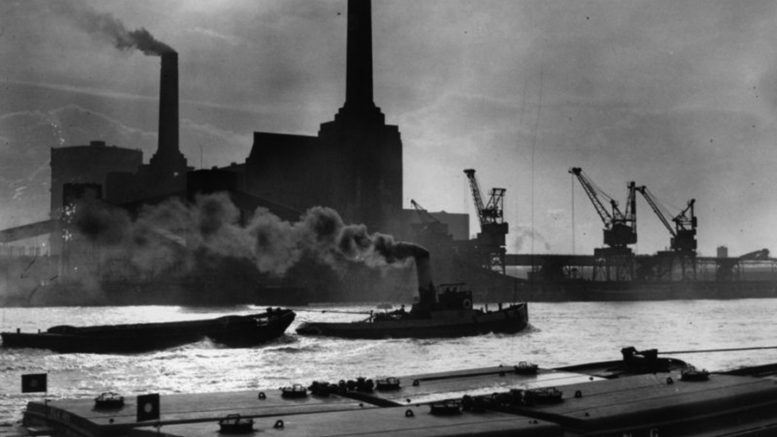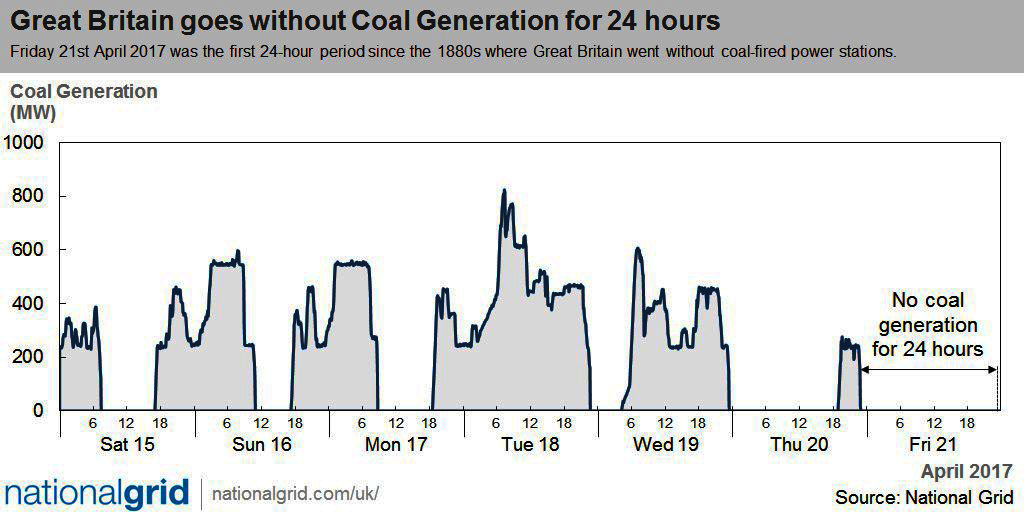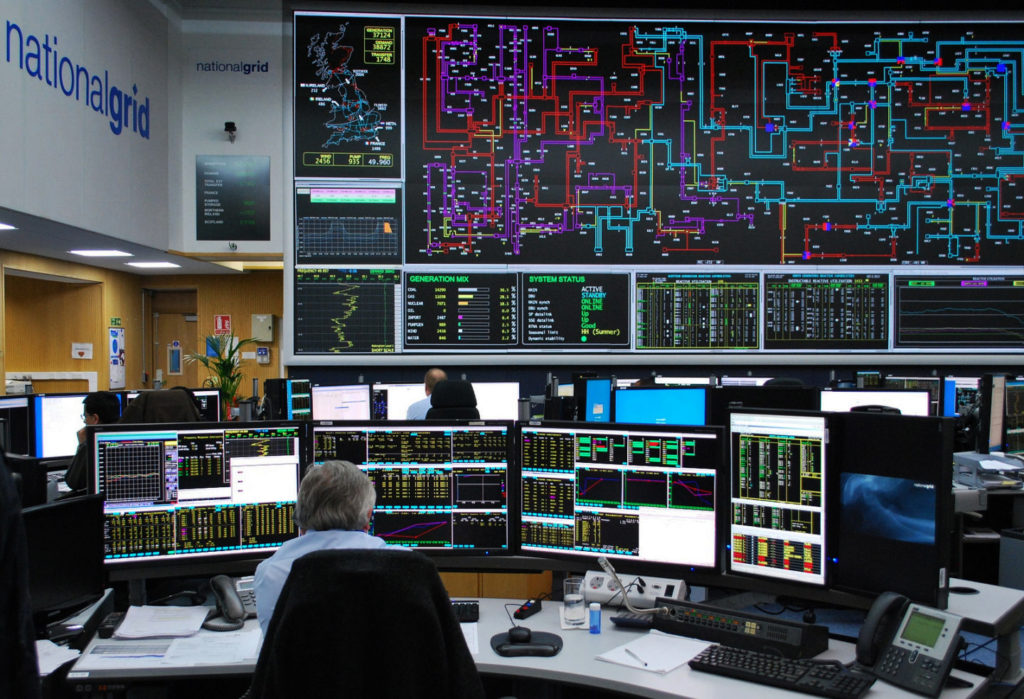This article by Sebastian Anthony (Arts Technica UK 24 April 2017) gives a rundown on Britain’s day off coal fired power generation of 21 April and that the country is moving to end using coal by 2025. Scotland has stopped using coal already.
The National Grid confirmed that April 21 was the first full day of coal-free power in 135 years, following a relatively long stretch of 19 hours in May 2016. This is not due to any one alternative power source, but to an increasingly varied range of power options.
In 1882, the world’s first coal-fired public-use power station opened in London at 57 Holborn Viaduct—today a fairly nondescript location in the centre of London close to Blackfriars. On Friday, some 135 years, a few monarchs, and an entire Industrial Revolution later, the UK power grid had its first ever day without coal energy.
The National Grid control room announced on April 21 that from 11pm on Thursday to 11pm on Friday the UK’s electricity demand was supplied without firing up some coal power plants. The UK’s power mix for the day was: 50.3% natural gas, 21.2% nuclear, 12.2% wind, 8.3% imported from France, the Netherlands, and Ireland, 6.7% biomass, and 3.6% solar. (That appears to come to 102.3%… better to supply too much power than not enough, perhaps?)
As you can see from the graph above, coal-free Friday was more of an eventual inevitability than a surprise. The UK has been rapidly scaling back its coal use—it accounted for 23 percent of our power use in 2015, then 9 percent in 2016—and the government says it wants to close down all remaining coal power plants by 2025.
Coal has been on a steady decline in the UK since the 1970s, when natural gas from the North Sea started to replace coal as the fossil fuel of choice for heating homes. A bunch of nuclear power stations came online in the 1980s further reducing our need for coal, and then in the 1990s natural gas power generation surged from about 5 percent of the National Grid’s energy mix to 28 percent—the so-called “Dash for Gas” that followed the 1990 privatisation of the UK’s electricity companies.
More recently, renewables such as wind, solar, and biomass now produce about 25 percent of the UK’s energy mix, but as always solar and wind are unreliable. When the wind dies down, or clouds roll over, that grimy sweaty guy has to start shovelling coal into the furnace post haste—but so many coal plants have now been shut down that sometimes there isn’t enough energy on tap: just a few months ago the UK faced potential brownouts due to lack of wind.
Scotland has been coal-free since March 2016, when it closed two remaining coal power plants. The UK’s 24-hour coal-free period appears to be a world-first for a “major economy,” though. Lots of other countries—Germany, France, Canada, the Netherlands—have announced similar plans to shut down their coal power plants over the next 10 years
Long-term, reducing and eventually removing coal from the UK’s power grid is definitely a good thing, and vital if we want to hit our 2050 greenhouse gas emissions target. But at the same time there still needs to be enough base load power generation (reliable, always-on power) to get through a few days of bad weather.
After a lot of delays, it finally looks like that power will be provided by nuclear energy, starting with two massive (1,600MW) reactors at Hinkley Point C in Somerset.




Be the first to comment on "UK has day off coal generated power"